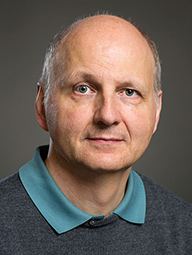
Research in Overney’s Lab focuses on obtaining a fundamental understanding of material functionalities involving nano-confined complex molecular systems. We are particularly interested in i) identifying basic internal and external constraints that are responsible for unique material and transport properties, and ii) applying knowledge of molecular- and nano-constraints to material engineering in a rational fashion, with focus on the molecular building blocks, their subunits, and their temporal and spatial mobilities. Read More
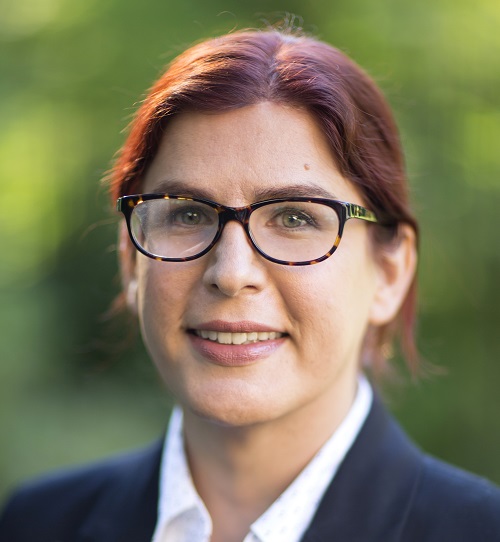
Our research focuses on understanding and controlling self-assembly processes in dispersed colloidal, polymeric and nanoparticle systems. This fundamental knowledge allows for manipulation of material properties for applications in solar energy, nanomedicine, separations and advanced coatings amongst others. We also develop in-situ neutron and x-ray scattering techniques to formulate structure-property relationships under realistic processing and use conditions. Read More
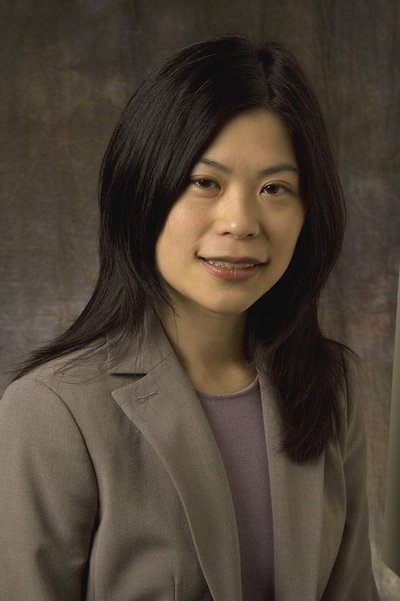
Research in the Pun Group focuses on advancing macromolecule drug delivery technology by developing materials that overcome transport limitations in tissues and within cells. We are integrating techniques from engineering, chemistry, and cell biology to achieve this goal. Read More
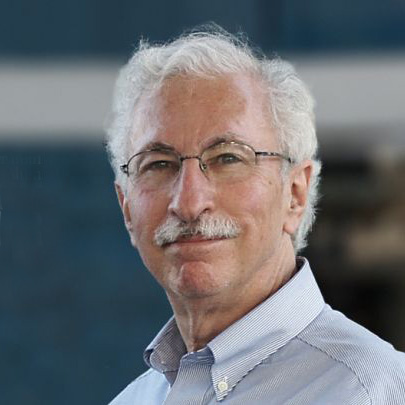
Medical devices and implants are engineered from specially designed materials, often referred to as biomaterials. Millions of devices and implants are used clinically in applications as diverse as blood vessel replacements, catheters, contact lenses, hip joints, ventricular assist devices and artificial kidneys. The biocompatibility of these prostheses is dictated by their surface properties and by the local mechanical environment they induce. In my research program, biomaterials are engineered to control biological interactions, synthesized, characterized and observed during interaction with biological systems. Read More
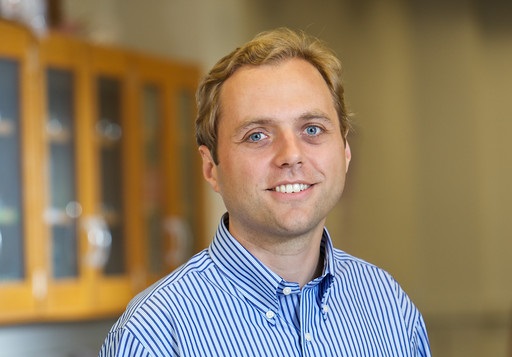
Our lab investigates how cells are influenced by mechanical interactions at the micro and nanoscale. To pursue these goals, we are developing new tools micro- and nano-devices, quantitative image analysis, and computational models that we use to understand the underpinnings of biomechanics and mechanobiology. The greater impact of our work is to delineate how cell mechanics affect cardiovascular disease and cancer in order to catalyze new strategies for their treatment. By working at the intersection of mechanics and biology, we are increasing understanding of the theories of soft, active, and multifunctional materials. Read More
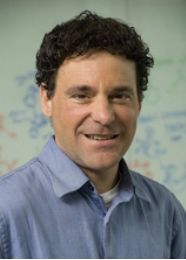
Our group is interested in elucidating the fundamental mechanisms of biomolecular recognition and applying the unique capabilities of biological molecules to biotechnologies. We would like to bridge the gap between understanding molecular structure-function relationships, and to be able to utilize proteins/peptides/DNA for in vivo drug therapies, bioseparations, diagnostics, and biomaterial development. Read More
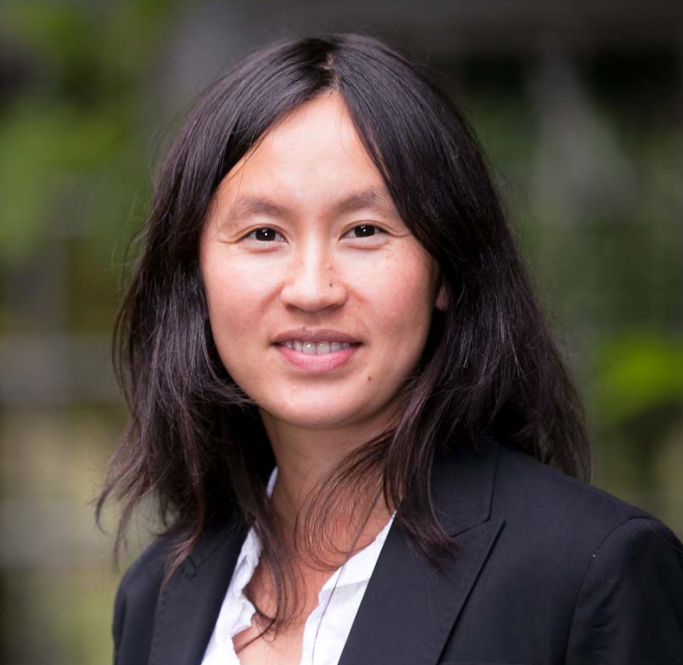
The Woodrow Laboratory is focused on the applications of engineered biomaterials in mucosal infections and mucosal immunity. Our long-term goals are to design and build multifunctional materials that will: (1) lead to novel preventative strategies against mucosal infections, (2) program protective immune responses at mucosal sites of pathogen entry, and (3) facilitate studies of mucosal infections and mucosal immunity in health and disease. These scientific goals are addressed from the perspective of fundamental science, technology development, and translational research. Read More
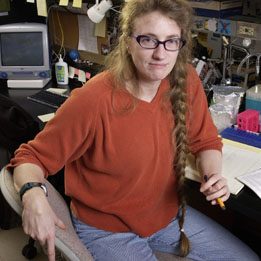
We use high resolution live imaging and total internal reflection microscopy to study molecular motors and their role in mitotic spindle assembly and chromosome movement. At the single molecule level we evaluate motor control of dynamic microtubule assembly and disassembly. Of special interest are the forces driving oscillatory chromosome movement, mitotic spindle assembly and mitotic spindle orientation in live cells. Finally, we are interested in the advection of motors in live cells. In other words, how the kinetic parameters of single microtubule motors influences their translocation, distribution and function in cells and we are interested in modeling this activity in silico. Read More
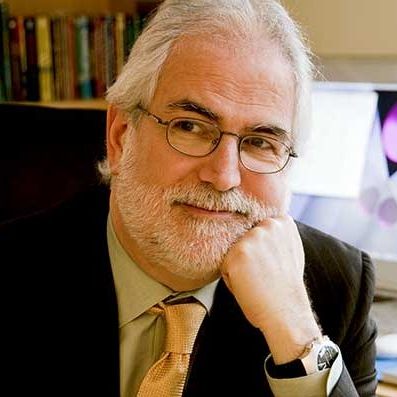
Professor Yager's research interests lie in the areas of: microfluidic devices for chemical and biochemical measurement., development of point-of-care diagnostic instruments, microfabrication technologies for microfluidics, and development of microfluidic-specific methods of analysis of biological samples. Read More
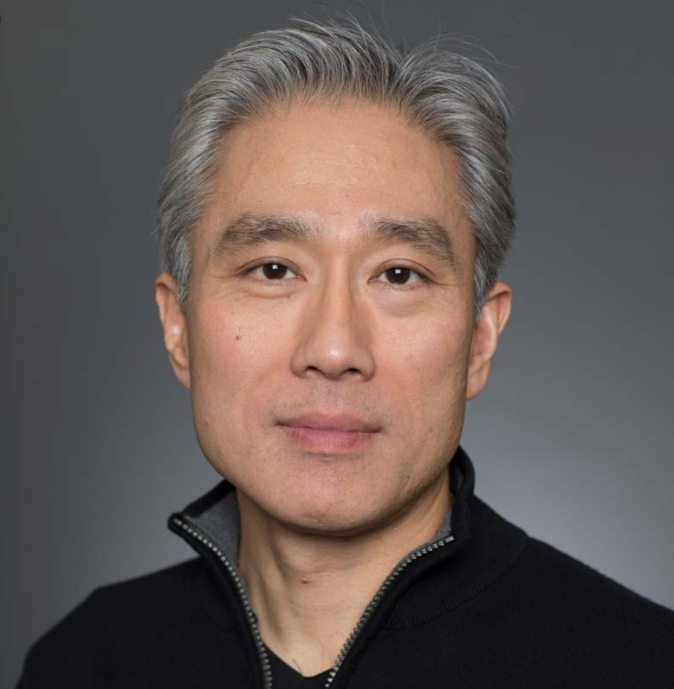
Our research is focused on developing new methods for probing complex biological processes at the single-cell and single-molecule level, and on applying these new techniques for addressing pressing biological problems. Read More